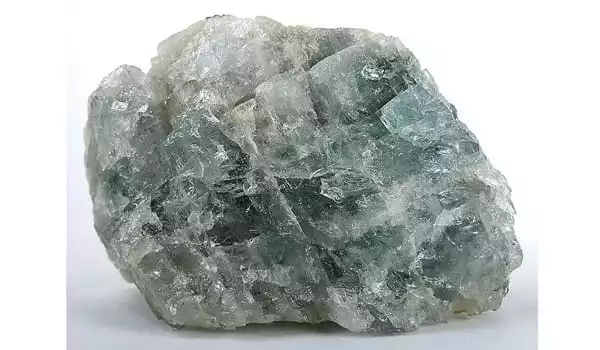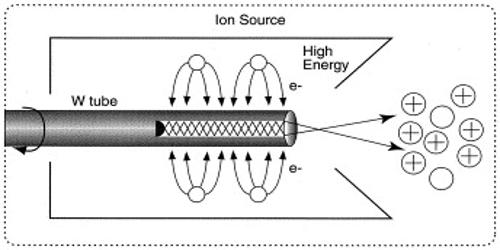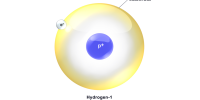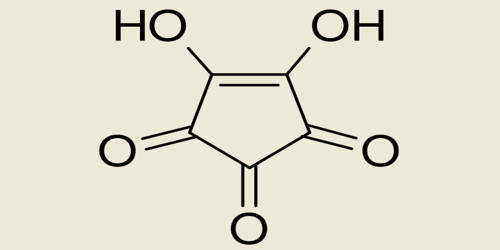Oligoclase is a mineral that forms rocks and is a member of the plagioclase feldspars. It is a type of plagioclase feldspar that is typically found as white crystals that are sometimes tinted with gray, green, or red. Its properties are halfway between albite and anorthite. It is chemically and crystallographically and physically intermediate between albite (NaAlSi3O8) and anorthite (CaAl2Si2O8).
Oligoclase is a prevalent mineral in silica-rich igneous rocks as well as many metamorphic rocks. August Breithaupt named the mineral in 1826 after the Greek terms oligos and clasein, which indicate tiny and break, respectively.
General Information
- Category: plagioclase, feldspar, tectosilicate
- Formula: (Ca,Na)(Al,Si)4O8, where Ca/(Ca + Na) (% anorthite) is between 10%–30%
- Crystal system: Triclinic
- Crystal class: Pinacoidal (1)
- Color: usually white, with shades of grey, green, or red.

Properties
Oligoclase is a sodium-rich feldspar that crystallizes in the triclinic system. The Mohs hardness ranges from 6 to 6.5, and the specific gravity ranges from 2.64 to 2.66. It comes in greenish, grayish, yellowish, brown, and colorless varieties. This mineral appears transparent to translucent. It’s a brightly colored mineral with a vitreous luster, a white streak, and excellent cleavages. On the flat surfaces, the cracks are irregular.
- Cleavage: Perfect {001}, Good {010} , Poor {110}.
- Fracture: Uneven, Sub-Conchoidal
- Mohs scale hardness: 6 to 6.5
- Luster: Vitreous
- Streak: White
- Specific gravity: 2.64 to 2.66
Name and discovery
The name oligoclase was given by August Breithaupt in 1826 from the Ancient Greek: όλίγος, romanized: oligos, little, and Ancient Greek: κλᾶν, romanized: klân, to break, because the mineral was thought to have a less perfect cleavage than albite. It had previously been recognized as a distinct species by J. J. Berzelius in 1824, and was named by him soda-spodumene (Natron-spodumen), because of its resemblance in appearance to spodumene.
Occurrence
A perfectly colorless and transparent glassy material discovered in Bakersville, North Carolina, has been faceted like a gemstone on occasion. The aventurine-feldspar or sun-stone, discovered as reddish cleavage masses in gneiss in Tvedestrand in southern Norway, has a vivid red to golden metallic glitter due to the presence of numerous small scales of hematite orientated within the feldspar structure.
Oligoclase is found as a constituent of plutonic igneous rocks such as granite, syenite, and diorite, typically in conjunction with orthoclase. It can be found in porphyry and diabase dikes and sills, as well as volcanic rocks andesite and trachyte, and in mugearite, where its presence is a distinguishing feature. It is also found in gneiss.
Oligoclase is found in metamorphic rocks of the amphibolite facies, gneiss, serpentinite, andesite, rhyolite, sedimentary rocks as clastic grains, syenite, granite, and nepheline syenite. It is found in close proximity to corundum, tourmaline, sanidine, orthoclase, and quartz.
















